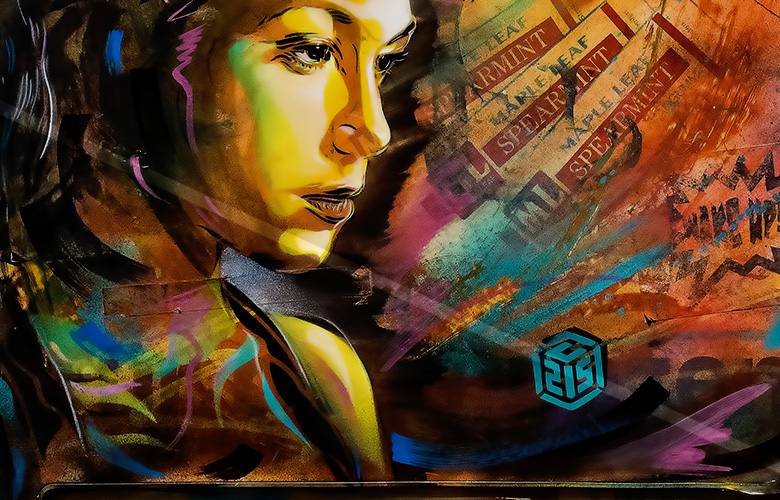
In today’s world technology has enabled Scenic Designers to create their worlds entirely in the digital sphere. These developments in scenic design have been amazing, as they allow for planning with increased detail, presenting realistic models with 3D viewing options, as well as ease of updates and seamless delivery across the globe essentially in real time.
This development has changed how Scenic Designers approach their work. In the traditional approach, one begins with thumbnail sketches and rough ground plans, typically done with pencil and paper (or pen and napkin depending when inspiration strikes).
Mastering the craft of drawing requires frequent practice, observation skills and an understanding of perspective. Of these, the frequent practice can not be over-stressed, as it is only through intentional practice that one can learn to draw better. Additionally, the more items the Scenic Designer can draw from memory, the stronger their skill to communicate clearly without needing to turn to research images.
There are many ways to go about setting an intentional drawing practice, but the real question is: Should you? Like anything else, devoted practice will take time. Is that where your time is best spent? Or should you spend it honing your digital skills?
From there, work is refined, leading to multiple pages of drafting, most likely executed via appropriate software. Additional paperwork is created such as storyboards and lineset schedules.
The final step is either a finished color model, done mostly by hand, or a color rendering and a white model. In this process, there are opportunities for drawing, but frankly, there are also opportunities to skip it.
When I begin a design, I like to start by sketching. I really need to draw several ideas on paper and see which ones I gravitate to, exploring what works. I do this mostly because I’m used to it, and as such it’s the fastest way. My early sketches rarely take more than 10 minutes to complete, making this my chosen method.
I typically research some elements so that I can begin looking at reference photos. From there, I will start drafting, especially for multi-unit sets. I need to see how elements fit in a true scale and whether there’s room for my ideas to work.
Sometimes I draw by hand, particularly if I’m representing something really organic, but 95% of the time I use a CAD program.
The amount of drafts, research and sketches will grow, until things are fairly solidified. At that time I hand build a color model. My renderings are typically based in model photographs, unless I only created a white model, in which case they are based in a sketch. Occasionally I will create a watercolor rendering. Yes, I do some drawings, but the bulk of my work is not done by hand.
The other thing to note is that for the most part, nobody sees my drawings as part of the final package. They are a brainstorming tool for me and the directors and occasionally other collaborators. Do you need to draw? Maybe. You need to find solutions to design challenges and communicate those solutions clearly.
Drawing is a very good way of doing that. Other ways work as well. Your process should be unique to you, and the finished product is the set on stage. The materials created along the way are merely tools, which help in achieving the product.
A Mantra For The Creative Spirit
Danielle Drobny: The Set Design Sells It


Ola Kraszpulska has a BFA in Theatrical Design and Production from Marshall University and a MFA in Scenic Design from Florida State University. She is currently working as the Assistant Professor of Scenic & Lighting Design at State University of New York at Oswego.
Read Full Profile© 2021 TheatreArtLife. All rights reserved.

Thank you so much for reading, but you have now reached your free article limit for this month.
Our contributors are currently writing more articles for you to enjoy.
To keep reading, all you have to do is become a subscriber and then you can read unlimited articles anytime.
Your investment will help us continue to ignite connections across the globe in live entertainment and build this community for industry professionals.